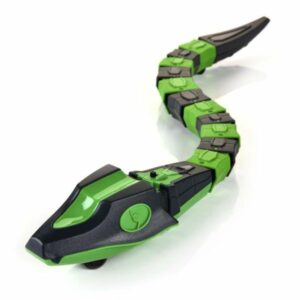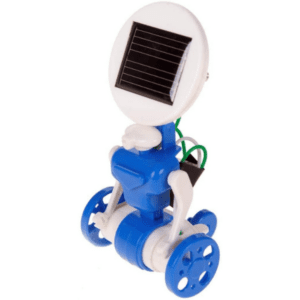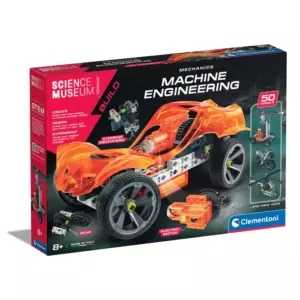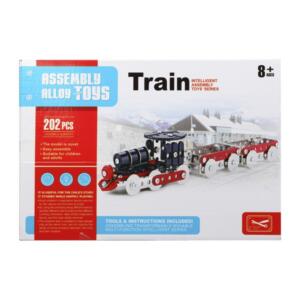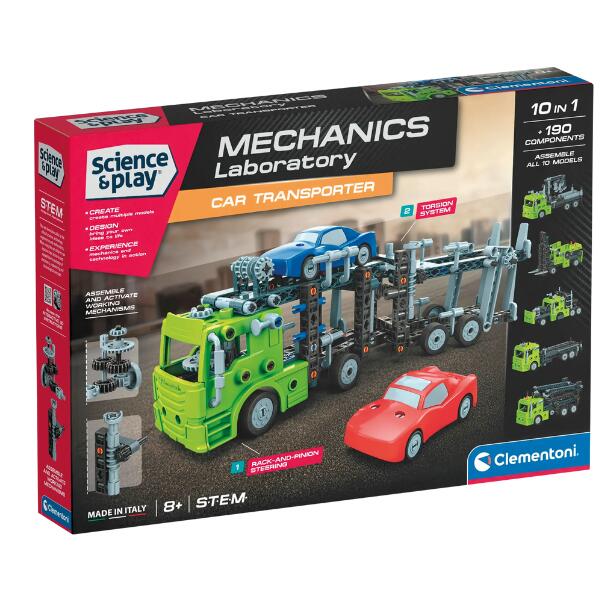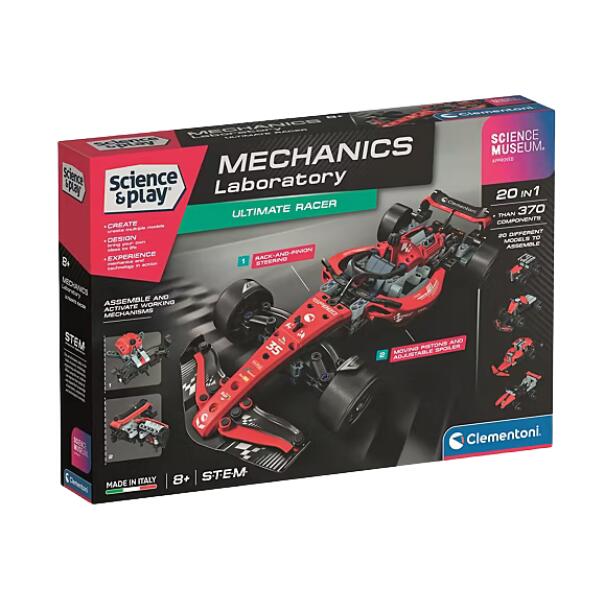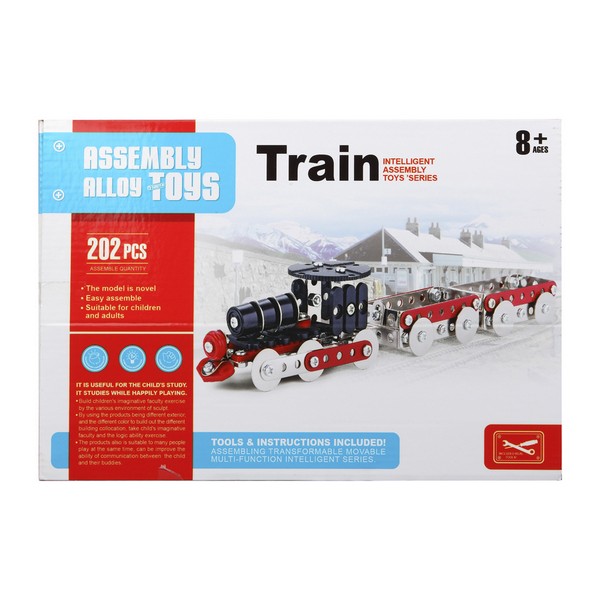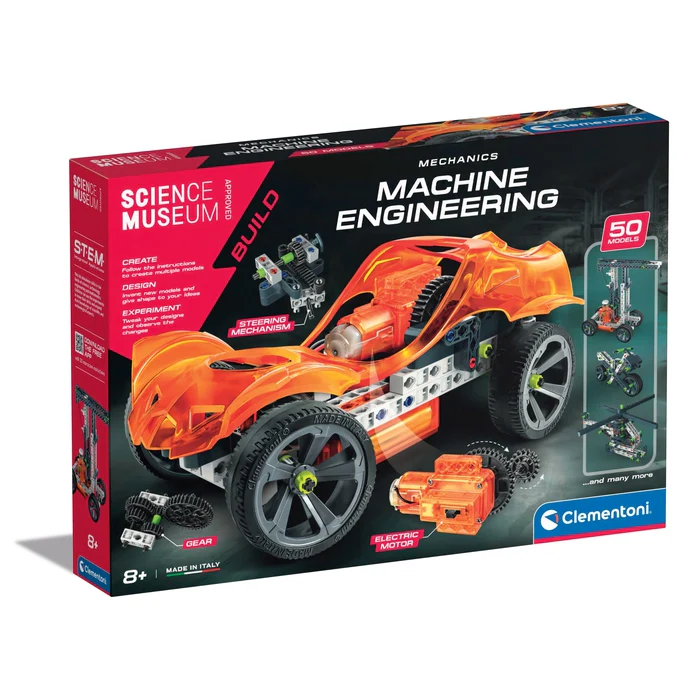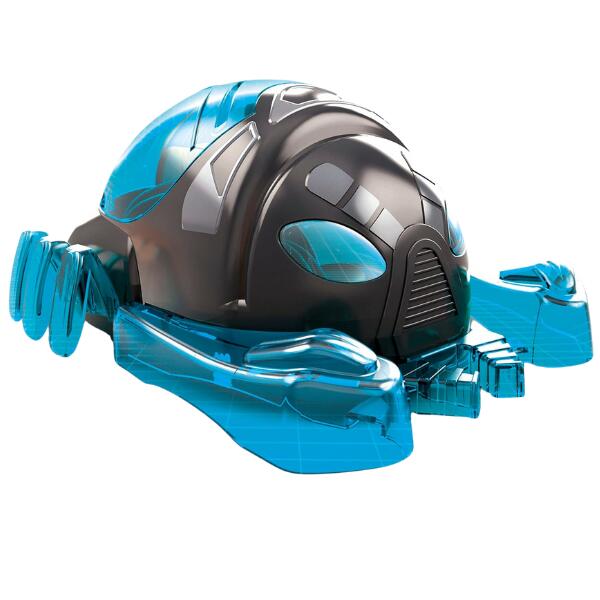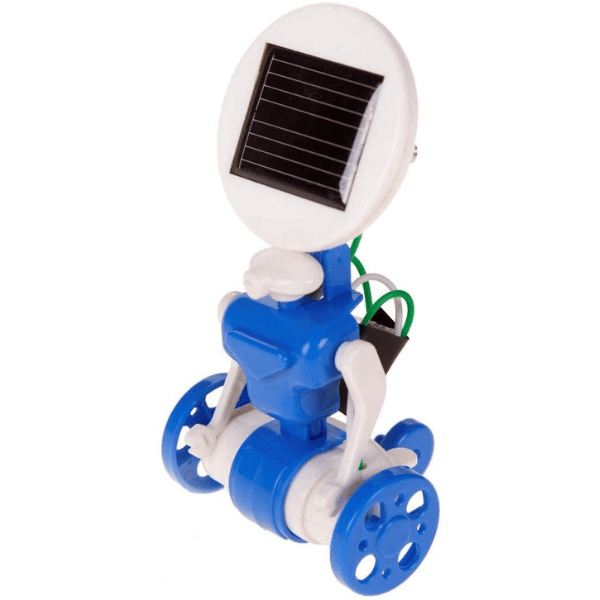Frequently asked questions
What exactly are mechanical toys anyway? Aren't all toys with moving parts mechanical?
That’s a great question to start with! While many modern toys have moving parts, often powered by batteries and electronics, a true mechanical toy operates through physical mechanisms like gears, springs, levers, cams, and friction. They typically don’t require batteries for their primary movement. Think of a wind-up toy where you turn a key, or a pull-back car that zooms forward when released. Their action is a direct result of stored physical energy being released.
Why should I choose a mechanical toy when there are so many high-tech, interactive options available?
This is where the magic truly shines! Mechanical toys offer a unique blend of benefits that often get overlooked:
- STEM Foundations: They are incredible hands-on tools for understanding basic physics (force, motion, energy transfer), engineering (gears, levers, simple machines), and cause-and-effect. “How does it do that?” becomes a natural, fascinating inquiry.
- Fine Motor Skills: Winding a key, pulling back a vehicle, or manipulating simple levers helps develop dexterity and hand-eye coordination.
- Problem-Solving & Curiosity: Without complex lights and sounds dictating the play, children are encouraged to observe, experiment, and think about how the toy works. It sparks a natural curiosity about the world around them.
- Sensory Experience: The satisfying clicks, whirrs, and clacks are unique and engaging. They’re a tangible, audible reward for their actions.
- Durability & Longevity: Often simpler in construction, good quality mechanical toys can withstand a lot of play and don’t “die” when batteries run out.
- Imaginative Play: They provide a springboard for open-ended imaginative play, letting the child’s creativity lead the story.
Okay, so how do these things actually work without batteries?
It’s all about stored energy and clever engineering!
- Wind-Up Toys: You turn a key, which tightens a spring inside the mechanism. This spring stores potential energy. When you let go, the spring slowly unwinds, releasing kinetic energy that turns a series of gears, causing the toy to move.
- Pull-Back Toys: Pulling the toy backward against the ground compresses an internal spring or winds a flywheel against resistance (friction). When you let go, that stored energy is released, propelling the toy forward.
- Friction Toys: These often have an internal flywheel. Pushing the toy forward against a surface spins this flywheel rapidly. The spinning flywheel stores inertia, and when you lift the toy or release it, it continues to spin, driving the wheels forward.
- Levers & Cams: Simpler toys might use levers that trigger another action, or cams (eccentric wheels) that create a bobbing or irregular motion as they turn.
It’s a beautiful demonstration of energy transformation!
Are mechanical toys safe for young children? What should I look out for?
Safety is always paramount. Like any toy, age appropriateness is key.
- Small Parts: Many mechanical toys, especially wind-ups, can have small keys, gears, or other components that could be choking hazards for children under three. Always check the manufacturer’s age recommendations.
- Materials: Ensure the toy is made from non-toxic, durable materials. Reputable brands are essential here.
- Construction: Look for smooth edges, no sharp points, and a sturdy build. Flimsy construction can lead to breakage and potential hazards.
I'm convinced! What should I consider when buying one for my child?
Fantastic! Here are some tips for choosing the perfect mechanical marvel:
- Age Appropriateness: As mentioned, this is crucial for safety and engagement.
- Child’s Interests: Do they love animals, vehicles, robots, or fantastical creatures? Many mechanical toys come in diverse forms.
- Ease of Use: Can your child easily wind, pull back, or operate the toy independently? Frustration can quickly lead to disinterest.
- Quality & Durability: A well-made mechanical toy will last longer and provide more satisfying play. Look for solid construction.
- Engaging Movement: Does the toy’s motion genuinely captivate? Is it smooth, interesting, or amusing?
- Educational Hook: While not every toy needs to be overtly “educational,” consider if it subtly encourages questions, observation, or problem-solving.

